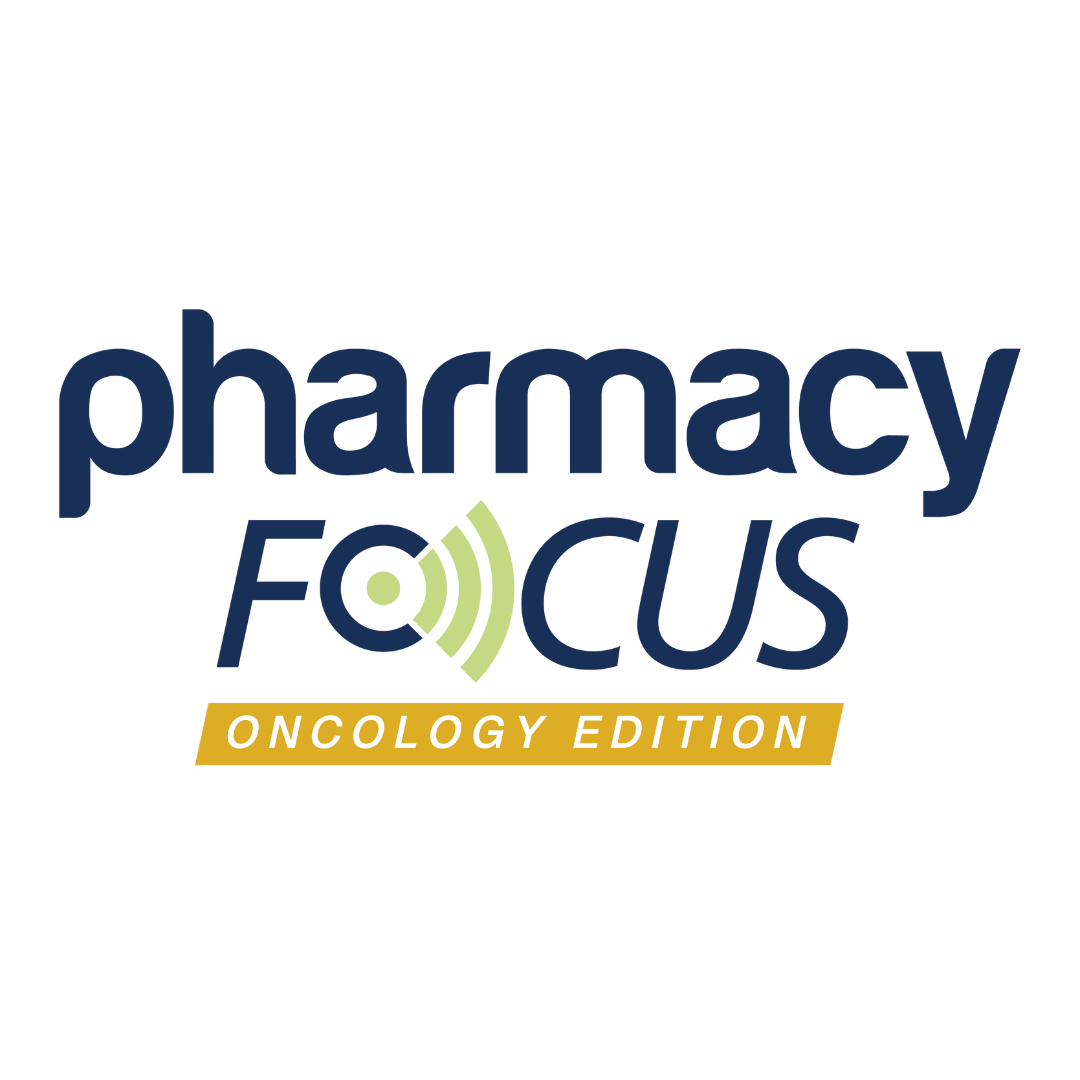Feature
Article
Lifileucel Approval Paves the Way for Personalized Minimally-Invasive T-Cell Therapies
Author(s):
Key Takeaways
- Lifileucel's FDA approval is a significant milestone in melanoma immunotherapy, with a 31.5% objective response rate in clinical trials.
- Neoantigens are crucial targets in cancer immunotherapy, correlating with improved treatment responses across cancer types.
The FDA’s accelerated approval of lifileucel (Amtagvi; Iovance Biotherapeutics) marks a major milestone in immunotherapy for metastatic melanoma, building on decades of research in tumor-infiltrating lymphocyte therapy.
On February 16, 2024, a significant milestone was reached in immunotherapy with the FDA’s accelerated approval of lifileucel (Amtagvi; Iovance Biotherapeutics), which is a tumor-derived autologous T-cell product for patients with unresectable or metastatic melanoma. This milestone follows over 35 years of academic research led by Steven A. Rosenberg, MD, PhD, and his team at the National Cancer Institute (NCI), as well as contributions from numerous clinical cancer centers, explained Alena Gros, MD, an investigator at the Vall d'Hebron Institute of Oncology in Barcelona, Spain, during a presentation at the 2025 inaugural American Association of Cancer Research Immunotherapy (AACR IO) Conference.1
In the study that led to the accelerated approval of lifileucel, Rosenberg and his team evaluated the safety and efficacy of the drug in patients who had previously received systemic therapy, including a PD-1 inhibitor and, if BRAF V600 mutation-positive, a BRAF ± MEK inhibitor.1,2 Of 89 patients, 7 were excluded due to product specification or comparability issues. Patients underwent a lymphodepleting regimen before receiving lifileucel, followed by IL-2 (aldesleukin) to support cell expansion.2
Artificial intelligence depiction of the spread of melanoma. Image Credit: © Shutter2U - stock.adobe.com

Key efficacy outcomes of the study included an objective response rate of 31.5% (95% CI: 21.1, 43.4) among 73 patients receiving the recommended dose. The median duration of response was not reached, with a lower confidence limit of 4.1 months. The median time to initial response was 1.5 months.2
“Again, this is a very important milestone, but what's next,” Gros said during her symposium presentation at AACR IO in Los Angeles, California. “We would like to develop more defined, tumor-reactive cell products. This is because, for the longest time, to have been expanded in vitro, HD-IL2 can expand the tumor-reactive TIL, but could also expand the bystander. Many of the patients receiving TIL therapy nowadays actually receive a TIL product with a fairly unknown frequency of tumor-reactive TIL, and this could be improved.”1
Neoantigens have emerged as optimal targets for cancer immunotherapy due to their safety and broad applicability across cancer types, with evidence indicating that a higher frequency of neoantigen-targeting TIL correlates with better treatment responses.1
“Neoantigens are definitely safer. We can find neoantigen-directed T cells in a fair number of patients [at] up to 80%, and this is regardless of the tumor mutational burden and regardless of the specific cancer type. There is certainly accumulating evidence supporting that the higher the frequency and the number of neoantigens targeted by the TIL product, the higher the likelihood of response,” Gros said. “The importance of neoantigens holds true also for other immunotherapeutic approaches.”1
While Gros was a postdoctoral student in Rosenberg’s lab at NCI, she learned of case studies demonstrated promising anti-tumor responses in patients with epithelial cancers who received neoantigen-selected TIL therapy. Now leading her own lab in Barcelona in collaboration with Elena Garralda, MD, Gros has been working to refine the selection process for neoantigen-reactive TIL. Their approach involves obtaining tumor biopsies, expanding tumor fragments in high-dose IL-2, and using exome sequencing to identify neoantigen-reactive TIL for further expansion and patient treatment. Early results from a small phase 1 study in patients with stage IV melanoma indicated a promising but partial response, highlighting the need for further refinement.1
A key challenge is ensuring the preferential expansion of tumor-reactive TIL during in vitro culture, as rapid expansion protocols can alter T cell receptor (TCR) clonotypes or lead to their disappearance. To address this, Gros and others are exploring strategies such as in vitro sensitization with tumor antigens and selection of activated T cells post–ex vivo antigen-specific stimulation.According to Gros, one of her primary research interests is leveraging biomarkers preferentially expressed on tumor-reactive T cells. While at NCI, she characterized melanoma-infiltrating T cells and identified PD-1 as a marker of tumor-reactive T cells. More sophisticated gene signatures have since emerged, and recent studies from researchers such as Catherine Wu, MD, further support the role of PD-1 and CD39 in identifying neoantigen-reactive TCRs.1
Gros also discussed the potential of minimally invasive methods for identifying neoantigen-reactive T cells, particularly by leveraging circulating tumor DNA (ctDNA) and peripheral blood lymphocytes (PBLs). Her team’s research suggests that neoantigen-reactive T cells in blood exhibit a less dysfunctional, more stem cell–like phenotype compared to those in tumors, making them promising candidates for therapy. In a study of patients with mismatch repair-deficient colorectal cancer, Gros and her team found that ctDNA analysis could capture a broader spectrum of neoantigens, including subclonal mutations that would have been missed through tumor biopsy alone. Furthermore, PD-1+CD39+ T cells in peripheral blood were enriched for neoantigen reactivity, offering a potential avenue for non-invasive patient selection and treatment monitoring.1
“Peripheral blood represents an alternative source to identify neoantigens and can help capture neoantigen and reactive T-cell heterogeneity, and more reactive PBLs from cancer patients share phenotypic and transcriptomic traits that could be exploited to develop personalized therapies,” Gros said. “Finally, in brief, there is potential for developing such minimally invasive cell therapies and for monitoring of T-cell dynamics and tumor co-evolution using liquid biopsies.”1
REFERENCES
Gros A. Towards personalized minimally-invasive T-cell therapies. Presented at: American Association of Cancer Research Immunotherapy; Los Angeles, California; February 22-26, 2025.
FDA grants accelerated approval to lifileucel for unresectable or metastatic melanoma. FDA. February 16, 2024. Accessed February 25, 2025. https://www.fda.gov/drugs/resources-information-approved-drugs/fda-grants-accelerated-approval-lifileucel-unresectable-or-metastatic-melanoma
Newsletter
Stay informed on drug updates, treatment guidelines, and pharmacy practice trends—subscribe to Pharmacy Times for weekly clinical insights.





